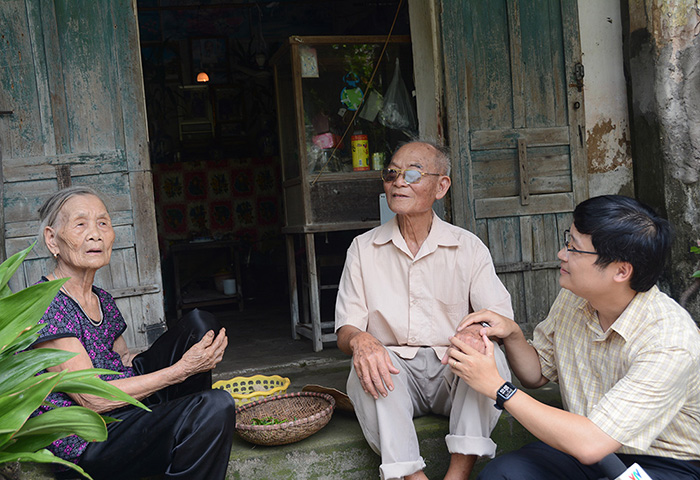2 interesting facts about Vietnamese language
1. Tones completely change the meaning of Vietnamese words
An important part of each Vietnamese word is the tone. Pronouncing and distinguishing tones can be a big challenge for foreigners who want to learn Vietnamese. If two words have the same spelling, but their tones are different, their meanings will also be different. Let’s explore this using the consonant M and the vowel Ơ. The letter ơ in Vietnamese sounds like the first “o” in “tomato” or “potato”.
Mơ (“to dream”, or “apricot”): This word has no tone, with a slightly high pitch that doesn’t rise or fall. Mờ (“unclear” or “opaque”): This is the falling tone. It is pronounced with a lower, slightly falling pitch. Mớ (“sleep talking” or “a handful”): This is the “rising” tone. Pronounce it with a high, climbing pitch. Mợ (“the wife of your mother’s brother”): This is the “heavy” tone. It is pronounced by abruptly lowering the pitch of your voice. Mở (“to open”): This is the “question” tone. Your voice should fall, then climb again. Mỡ (“fat”): This is the “wave” tone. Your voice should fall, then rise abruptly, but should remain a higher pitch than the “question” tone.

(Source: Internet)
2 . The written Vietnamese language was created by a Portuguese person
Have you ever wondered why Vietnam is one of the few Asian countries that use a romanized alphabet?
Before the 10th century, the Vietnamese language was written in Chinese characters. Over time, a new version of the written language was created, however it was still based on Chinese—a pictographic language. During the 17th century, Francisco De Pina—a Portuguese missionary—came to Vietnam to evangelize Christianity. In order to transcribe the Bible into Vietnamese, Francisco De Pina latinized the Vietnamese written language based on the sounds of the Romance languages, especially Portuguese. This new romanized script coexisted with the Chinese-based Vietnamese scripts for centuries. When the French colonized Vietnam, they implemented a policy mandating the use of latinized Vietnamese. As a result, this continues to be the official written language of modern-day Vietnam.





